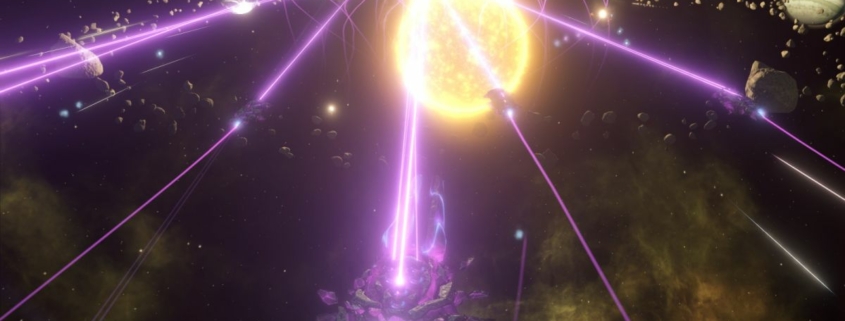Doughnut-shaped laser beam used to create fibre optics from thin air
Much of this story is going to sound like hokum, but bear with me because doughnut-shaped laser beams have become my new favourite scientific innovation. Especially since scientists were able to effectively create a kind of optical fibre cable from thin air. Frickin’ laser beams, man. But why do we need laser-based fibre optics when we have standard glass fibre optics?
The base problem here is in using light to transfer data. While it is much faster than using metal cables, it’s easy to lose data through light beam expansion as it stretches down the beam. The tactic to minimise this kind of data loss right now, which I’m sure you’re familiar with, is by the use of fibre optic cables.
Fibre optic technology has been delivering us from dead-slow internet speeds since the ’70s, but the kind of light beams necessary for more intense work have the potential to melt generic fibre optic cables. So, the question has remained: How can we send light-based data over long distances when fibre optics aren’t an option?
Thanks to Howard Milchberg, and his team of researchers at the University of Maryland, that question may have been answered with a powerful laser beam, curled into the shape of a doughnut (via New Scientist (opens in new tab)).
By firing their laser for just 300 quadrillionths of a second, the researchers were able to create a 45 metre tubelike structure seemingly from thin air, which was able to guide a light pulse without the use of physical cabling.
The structure is known as an ‘air waveguide’, and works by blasting air particles with extreme heat to change their structure just enough that the light pulse stays confined. And while 45 metres may not seem like a long distance, it’s a darn sight better than a previous attempt in 2014, which resulted in an air waveguide just 70 centimetres in length—not much use to anyone, but a step in the right direction.
You may be disappointed to learn this kind of tech is unlikely to end up improving your broadband speeds with super high-powered lasers. While fibre optics is a very close analog, the applications for air waveguides sit in the more obscure field of biohazard detection. Soon we could see this tech seeking out radioactive materials from miles away, though much more powerful lasers will be necessary if those kinds of distances are to be achieved.




